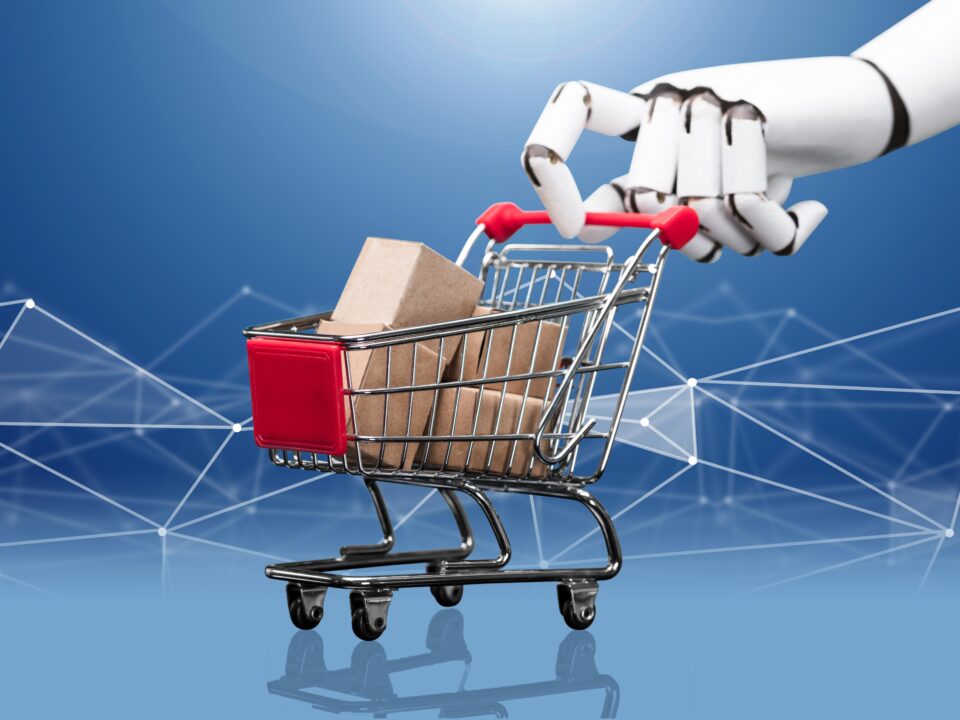From predictive delivery to smart inventory, AI is redefining logistics in Latin America and around the world.
1. Route Optimization
AI-powered tools like Routific and Onfleet reduce delivery times and fuel usage by dynamically adjusting routes based on traffic, weather, and demand.
Example: DHL uses machine learning to reroute packages in real time, improving on-time delivery by 20%.
2. Inventory Forecasting
AI models forecast demand to ensure optimal stock levels — minimizing shortages and overstock.
Example: Walmart uses AI to anticipate demand fluctuations at a store-by-store level, reducing inventory costs significantly.
3. Smart Warehouse Management
AI robotics and computer vision increase warehouse speed and reduce error rates in order picking.
Example: Alibaba’s smart warehouses use AI-powered robots to process over a million orders per day.
4. Last-Mile Automation
AI ensures efficient and trackable delivery experiences for customers, minimizing failed delivery attempts.
Example: Rappi in Colombia uses AI to assign delivery personnel based on location and traffic, boosting efficiency.
Conclusion
AI is no longer a futuristic luxury — it’s now essential for any logistics operation aiming to stay competitive and lean.




